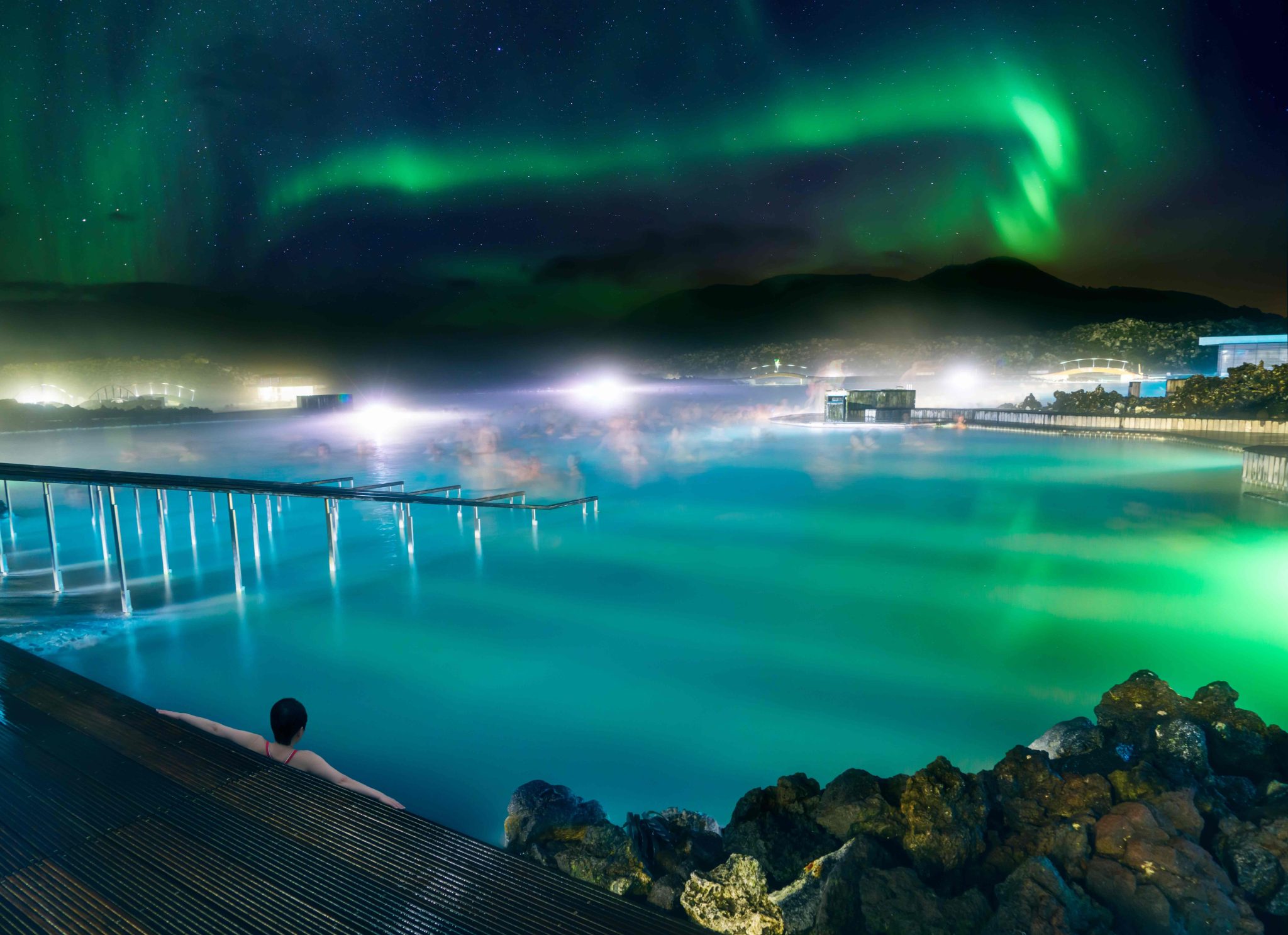
Weather in Iceland
Weather in Iceland by season
Monthly overview of the weather in Iceland
Summers in Iceland bring the midnight sun, basically 24 hours of daylight which is ideal for adventures in nature. Winters are are dark and illuminated only by the ethereal northern lights. Weather conditions can be harsh and prone to changing. Daylight varies drastically, from over 20 hours in June to mere 4-5 hours in December. Iceland invites travelers to embrace its unpredictability, where each day promises a new adventure.
| Month | Avg Temp °C | Avg Temp °F | Rain/Snow |
|---|---|---|---|
| January | -1 to 1 | 30 to 34 |
High
|
| February | -1 to 1 | 30 to 34 |
Moderate
|
| March | 0 to 3 | 32 to 37 |
Moderate
|
| April | 2 to 5 | 36 to 41 |
Low
|
| May | 4 to 9 | 39 to 48 |
Low
|
| June | 7 to 11 | 45 to 52 |
Low
|
| July | 9 to 13 | 48 to 55 |
Moderate
|
| August | 8 to 13 | 46 to 55 |
High
|
| September | 5 to 10 | 41 to 50 |
High
|
| October | 2 to 7 | 36 to 45 |
High
|
| November | 0 to 4 | 32 to 39 |
Moderate
|
| December | -1 to 2 | 30 to 36 |
High
|
Weather in Iceland by region
Best time to visit Iceland based on weather
The summer months of June to August are the ideal time to experience Iceland's natural beauty under the midnight sun.
The crisp nights from September to April offer the best chances to witness the northern lights.
Curios to learn when to visit, what to do, and more?

Packing list for Iceland
Weather phenomena in Iceland
From the awe-inspiring northern lights gracing the winter sky to the captivating midnight sun in summer, each phenomenon invites you to experience Iceland's natural wonders.
Iceland's sudden rainbows and dramatic skies are as much a part of the adventure as the destinations themselves.
Top-rated operators for Iceland tours
What people ask about Iceland
When can I see the Midnight Sun in Iceland?
The Midnight Sun occurs from late May to July, offering nearly 24 hours of daylight. This period is ideal for exploring Iceland's natural beauty and outdoor activities like hiking, cycling and kayaking.
When can I see the the northern lights in Iceland?
Your best chance to see the northern lights is from September to April, when the nights are longest. Clear, dark skies in the wilderness away from city lights enhance your viewing opportunities.
How should I dress for the weather in Iceland?
The weather in Iceland can change suddenly, so dress in layers. Waterproof and windproof outerwear and sturdy walking shoes are essential throughout the year.
What is the best time to visit Iceland for good weather?
Visit between June and August for milder weather and longer days. If you're after winter landscapes and the northern lights, head to Iceland between November and March.
Is the weather in Iceland suitable for summer activities?
Yes, though summers in Iceland are short and mild, they are perfect for outdoor activities like hiking, whale watching, and exploring the fjords due to longer daylight hours and warmer weather.
What extreme weather conditions in Iceland should I be aware of?
While extreme weather, such as blizzards and storms, is more common in winter, Iceland's weather can be unpredictable year-round. It is always recommended to check the local forecast, download a travel safety app, and pack water- and windproof clothing so you're well prepared.
24/7 Customer Support
Our team of experienced tour specialists have traveled to hundreds of countries around the globe and have decades of first-hand travel experience to share. Contact us now to have all of your tour-related questions answered!
People also visited
- Sailing Holidays Australia
- East Coast Australia Tours
- Israel Tours
- 7 Day Tour Following the Footsteps of Apostle Paul in Corinth, Veroia, Philippi, Thessaloniki
- 10 Day Best of Greece Tour: Nafplio, Olympia, Meteora, Delphi & Santorini
- Luxury Golden Triangle Tour with Ranthambore
- Spain, Switzerland and Classical Italy



































